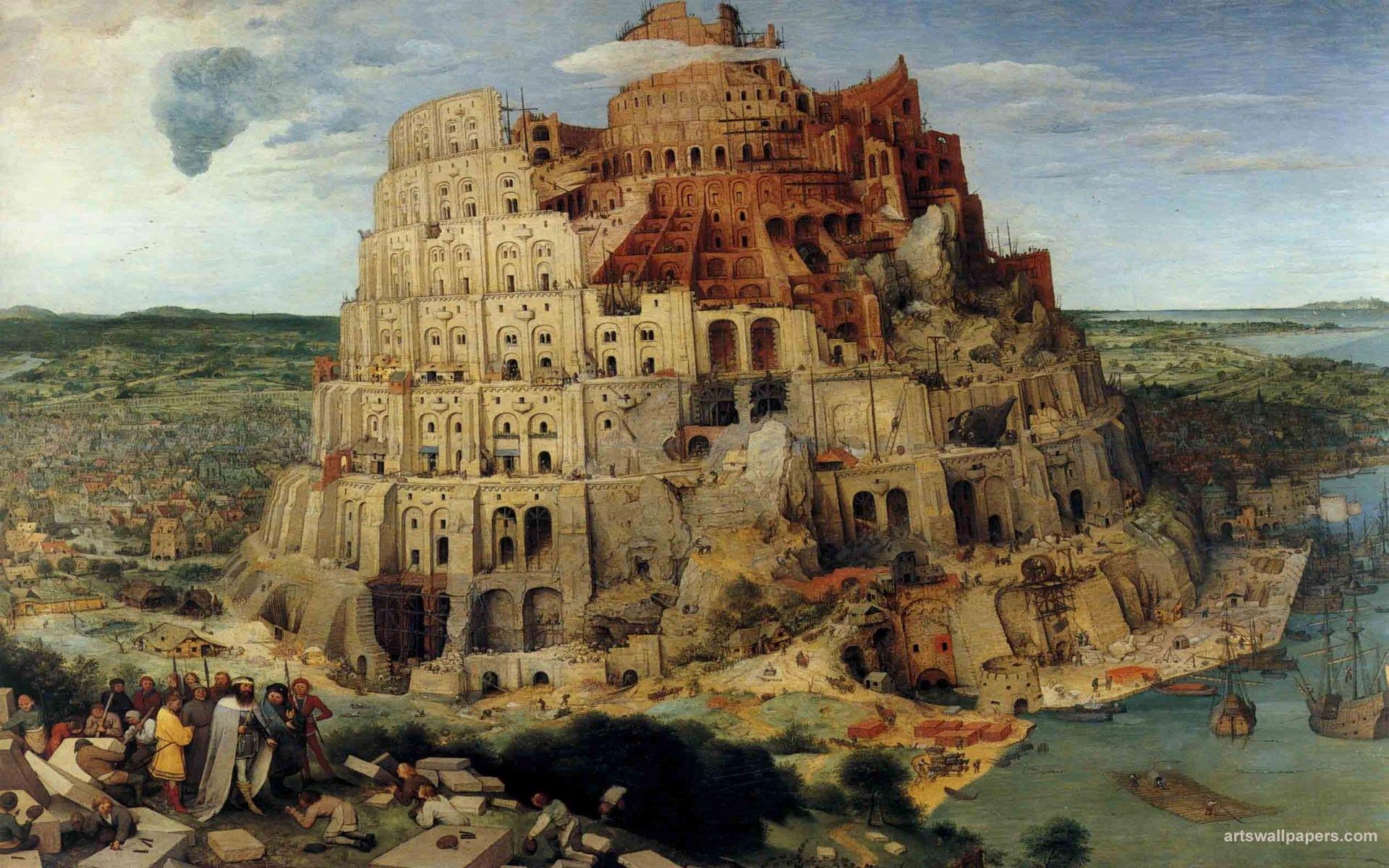classic artwork
Classic artwork
Hand-Drawn Illustrations – Classic sketches and doodles add authenticity and a handcrafted touch. Unlike the sleek and polished vector graphics of modern designs, hand-drawn elements offer an organic, imperfect quality that makes the design feel personal and nostalgic https://voltage-bet.co/tennis/. Vintage comic book styles, whimsical doodles, and engraved illustrations are commonly used to evoke nostalgia.
Fonts are always a fun element to experiment with. When it comes to retro logo design, they can truly make or break the look. For instance, Jocker font offers a whimsical, vintage vibe, making it ideal for retro circus posters or anything that needs an old-school touch.
The psychedelic movement brought a whole new inspiration to artwork. The 60s, heavily influenced by mind-altering hallucinogenic drugs, became popular and emerged as the “psychedelic style,” soon seen spanning movies, art, fashion, and music.
Classic artwork
Painted while van Gogh was in the asylum, this work is a brilliant example of the emotional power of color and form. The irises are rendered in deeply saturated tones that convey the turbulence and vitality of the artist’s inner world.
Some paintings on this list have sparked controversies, whether due to their subject matter, artistic techniques, or the artists’ unconventional approaches. Exploring these controversies adds depth to our understanding of the artworks.
Likely the most recognized painting in the world, the “Mona Lisa” embodies the artistic genius of Leonardo da Vinci. Created in the early 16th century, its enigmatic smile and groundbreaking techniques in portraiture have made it a subject of fascination for centuries.
Jean Honore Fragonard captures his young niece engrossed in Rousseau’s sentimental novel Julie, ou la nouvelle Héloïse, its eroticism signaling her budding sexuality. Composed asymmetrically off-kilter amidst Roccoco extravagance, the luminously painted scene epitomizes Fragonard’s hedonistic subjects while upholding moral conservatism. Scholars decode symbols of love and loss – thorny roses, vanished garden. Freshly dressed, she’s too worldly to seem fully innocent, lips parted in unconscious delight, abandoned in reverie’s suspended moment.
Critics see it as an emblem of modern alienation, the impersonal figure reflecting mass marketing’s spread. The bowler hat appears repeatedly across Magritte’s oeuvre as an alter ego or tribute to Charlie Chaplin. Perspective plays tricks, unbalancing our habitual ways of seeing.
This painting is both a celebration of human dignity and a social critique. Showcasing peasant women collecting leftover grain was controversial in its time for its direct portrayal of societal inequality.

Film graphic
The collaboration between graphic designers and film professionals blurs the line between disciplines, with designers contributing their expertise in visual communication to create immersive on-screen worlds. Graphic design in film and television is a dynamic art form that continually pushes creative boundaries and engages audiences on a visual level.
Look around yourself right now. Odds are that in your immediate vicinity there are everyday objects that you only notice when you need them, when they are explicitly singled out, or when you’re bored and your eyes begin to wander. Leafed-through newspapers, stacks of magazines, shelf-worn books, posters, letters, fabrics, signs, postcards, clothing and box labels, wallpaper, and candy wrappers are all examples of objects that exist in our world whether we actively acknowledge them or not.
The lead graphic designer on this movie, Annie Atkins, was responsible for creating the immaculate design for this movie. From newspaper clippings to keychain designs, from patterns on the carpet to patterns on the wallpaper, and from maps to signboards, all of it (and more) was imagined and created by Atkins. The movie received critical acclaim for its flawless art of graphic design and is hailed as a ‘typographical treat’ by reviewers, to date.
There will always be a place for artists in film and TV. And where our work makes its way into the film, either on set or in post, it’s not as important as the finished project. Those hundreds of names you see in the closing credits are there for a reason. Each has a unique skill and expertise. Without each of their contributions and talent, the film would be lesser for it.
To be honest, creating graphic design in film or television is a thankless one. It’s great for producers and directors to have graphic designers around because sourcing and using real products from actual brands would be a logistical nightmare (not to mention expensive), but if a designer is doing his/her job well, the average viewer won’t be able to tell that a job was done at all, or that it was done several times over. But there are exceptions.

